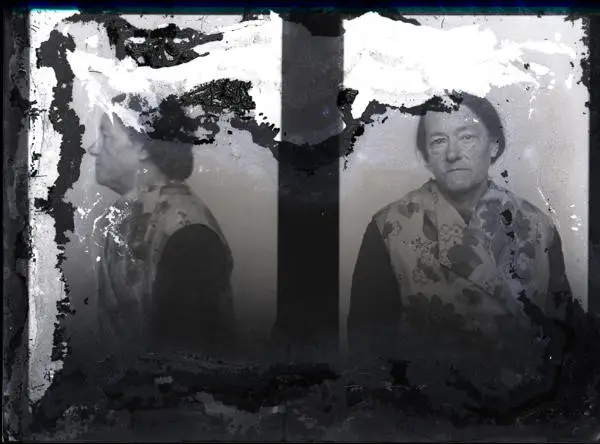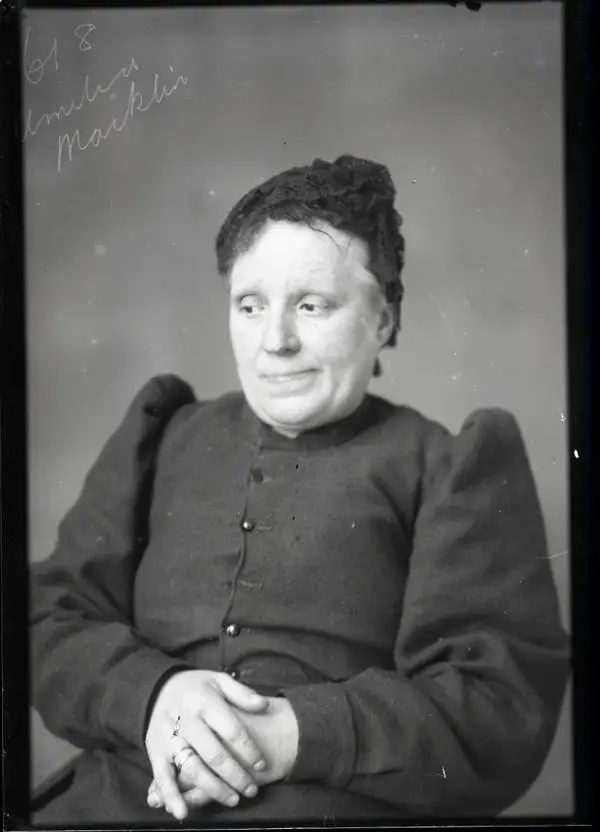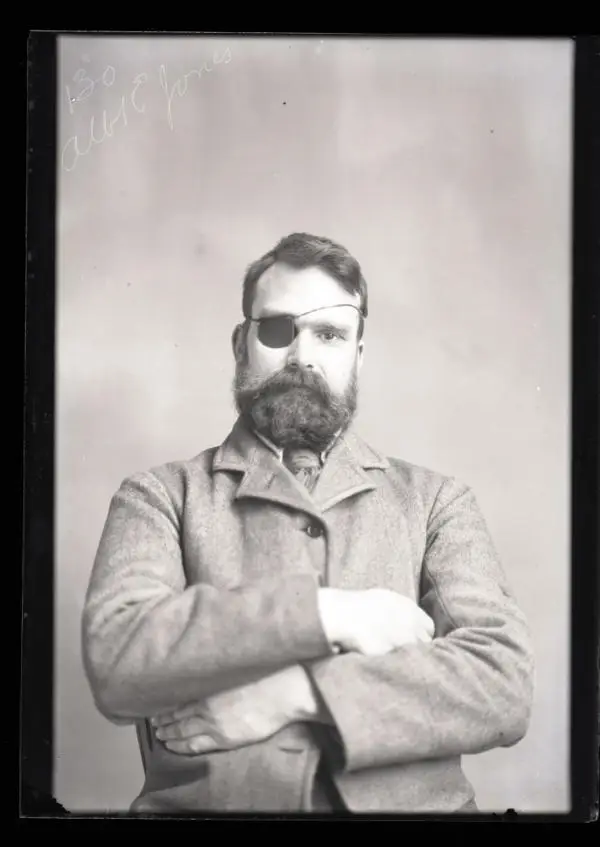Horton Hospital Glass Plate Negatives 1900s-1930s
Over the past year Charlotte Hopkins has been cataloguing the names of patients on the Horton Hospital glass plate negatives, a total of 881 negatives over 23 boxes. She reports here on the project which is now complete.
Background to Horton Asylum
Horton Hospital was founded in 1902 by the London County Council as Horton Asylum to accommodate 2,000 people. It was one of five mental hospitals opened on the Horton Estate, Epsom. In 1915 Horton Asylum became Horton (County of London) War Hospital, which was commanded by Lieutenant-Colonel J.R. Lord. This required the transfer of 2,143 patients to sister hospitals. From 1918 until 1937 Horton Asylum became known as Horton Mental Hospital. The Second World War saw Horton once again become a war hospital as part of the Emergency Medical Service, returning to its function as a mental hospital in 1949. The hospital closed in 2002.
Patients
Mental health patients have been treated with different administration of care over the last century, as new ways of thinking or treatment have emerged. With these glass plate negatives it helps to put a face to often abstract lists of registered names and helps to tell the story of a patient with some essence of their character captured in the image.
The language and terms in the early case books held at LMA in series H22/HT, is offensive, such as the use of ‘imbecile’ or ‘idiot’. It was quite common for women to have been put into confinement in the asylum for ‘melancholia’ or post-partum depression. There are some cases where patients have been in the hospital for decades and ended their days there. At the time, this was a form of social welfare where this care did not necessarily exist in the community, as it does in different forms today.
Glass Plate Negatives
The photographic negatives within series H22/HT/Y/06 that date from 1900 to 1930s are fragile, some are damaged with names illegible, and a few are stuck together. There are a handful in sealed packets due to the extent of the damage. Those that are illegible have ‘unknown’ written on the packets. Where names have been difficult to read, a reasonable guess has been made, but some should be open to interpretation. Names are searchable on the LMA Collections catalogue. There are also some double portraits with two different patients’ side by side.
The images provide a glimpse into the story of the life of the patient, particularly where case notes do not survive, showing the marks on their face, their strained expressions or looking quite ordinary. Most sit without aid, although there are some cases where a stand has been clasped around the neck to hold them still (Cath Hicks H22/HT/Y/06/012/018). The patients do not all appear to be in standard issue hospital clothes. One woman, (surname Budden) has a highly patterned waistcoat of leaves and flowers. Perhaps revealing something of the patients’ character and life before the asylum or items may have been made by the patient at the hospital.

The patient Amelia Maiklin has a piece of black lace in her hair, with a pensive expression and a dress that is more akin to standard issue hospital wear at that time.

Asylum Clothing and identity
Claire Hilton writes on the clothing of patients in, 'Civilian Lunatic Asylums During the First World War: A Study of Austerity on London’s Fringe':
“Removing personal identity was convenient for the institution as it could help ensure patients’ compliance with the regime...”
The early uniformity of hospital issue clothing was like prison-wear, equating their time in the asylum as if it were a sentence to be served and therefore a form of control and a practical identifier, particularly if they tried to escape. The quality of asylum clothing was often coarse, too baggy, or similar to that of workman’s clothes. However, at Horton, patients do seem to sometimes wear their own clothes and thus hold on to something of their former identity and this reflects a change that was happening in the approach to asylum-wear in the early twentieth century.
A more detailed study on asylum clothing can be found in Jane Hamlett and Lesley Hoskins, “Comfort in Small Things? Clothing, Control and Agency in County Lunatic Asylums in Nineteenth and Early Twentieth-Century England.” Journal of Victorian Culture 18 (2013):
“By the 1890s, arguments were made that all pauper patients, not just middle-class or respectable ones, should be able to wear their own clothes if they could afford to do so.”
Some elements of self-fashioning and a connection beyond the asylum are apparent:
“In the context of uniformity of dress, a small embellishment, such as a wedding ring, could have added much to a patient’s sense of self and identity. Archival evidence makes it clear that some patients were able to retain control over small possessions that, within the regimented material world of the asylum, bore a heavy weight of meaning.”

How to access the collection
Patient records are closed to public access for a period of 84 years. For those with a date of 1939, they will become open in 2024. An appointment with our Conservation Studio would be required to view the glass plate images or our enquiry service can consult them on your behalf. Please contact LMA to find out more.
Sources in the LMA Library
- Asylum, Hospital, Haven: A history of Horton Hospital by Ruth Valentine (1996) 26.21 HOR
- Gender and Class in English Asylums, 1890-1914 by Louise Hide (2014) 26.28 HID
- Civilian Lunatic Asylums During the First World War: A Study of Austerity on London’s Fringe by Claire Hilton (2022) 26.21 HIL